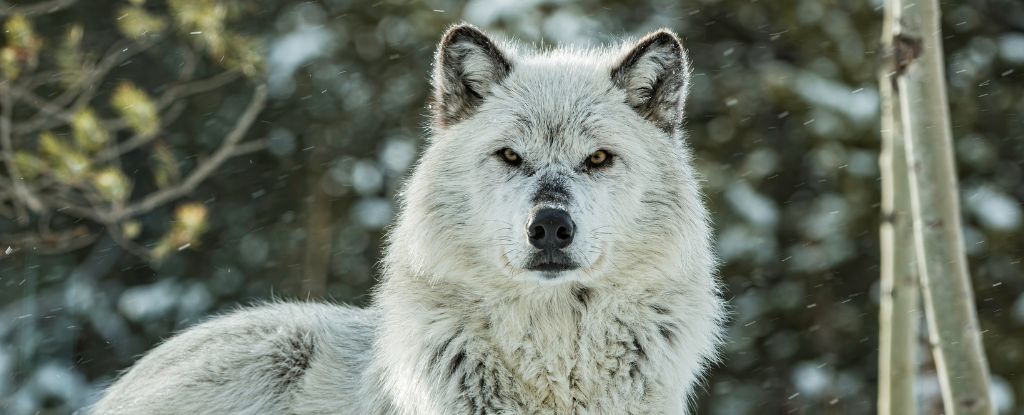
The aspen forests of Yellowstone National Park are witnessing a remarkable revival following the successful reintroduction of wolves, which had been absent from the ecosystem for nearly 70 years. For the first time since the 1940s, these forests are developing a new aspen overstory, a significant milestone in the ongoing efforts to restore the park’s ecological balance.
The relationship between gray wolves (Canis lupus) and quaking aspen trees (Populus tremuloides) highlights an important ecological dynamic. Wolves were eradicated from Yellowstone in the 1920s due to government-sponsored control programs aimed at reducing predator populations. This led to an unchecked increase in elk (Cervus canadensis), which significantly damaged aspen saplings through overgrazing and trampling.
Scientific observations dating back to 1934 noted the deteriorating condition of the park’s ecosystem. As old aspen trees died without new growth to replace them, other species dependent on mature aspen, such as beavers and cavity-nesting birds, faced dire consequences. The absence of wolves disrupted the natural balance, leading to habitat degradation.
In 1995, after years of advocacy, wolves were reintroduced into Yellowstone from Jasper National Park in Canada. The reestablishment of these predators has had a profound impact on the elk population, which in turn has allowed young aspens to flourish.
Positive Changes in Aspen Growth
Research conducted by an ecologist at Oregon State University, Luke Painter, reveals significant changes in aspen stands since the wolves’ return. In a study published in Forest Ecology and Management, Painter and his team found that approximately one-third of the 87 aspen stands examined now feature numerous tall saplings, a stark contrast to surveys conducted in the 1990s that reported none.
The research defined saplings as trees shorter than 2 meters (around 6.6 feet) or those with trunk diameters of less than 5 centimeters at breast height (dbh). Trees exceeding this diameter were classified as mature. Among the sampled stands, 43 percent contained new small trees that had surpassed the 5-centimeter cutoff. Since 1998, the number of saplings over 2 meters tall has increased by an impressive 152-fold, indicating a thriving environment for future growth.
To ensure that these positive trends were directly linked to the wolves’ presence and not influenced by other factors such as climate, the researchers measured elk browsing rates on the trees. Stands with a high density of tall saplings showed significantly lower rates of elk damage, while those still suffering from heavy browsing produced fewer new saplings. This evidence supports the notion of a top-down trophic cascade, where the presence of a predator leads to healthier vegetation.
The Importance of Ecological Restoration
Painter emphasizes the significance of this research, stating, “The reintroduction of large carnivores has initiated a recovery process that had been shut down for decades.” The resurgence of aspen forests not only marks a victory for conservationists but also illustrates the essential role top predators play in maintaining ecosystem health.
This case in Yellowstone serves as a powerful example of ecological restoration, demonstrating that the return of wolves has led to long-term changes that enhance biodiversity and habitat variety within the park. As the new generation of aspen trees takes root, the ecological balance of Yellowstone continues to recover, showcasing the value of predator conservation efforts in sustaining healthy ecosystems.






